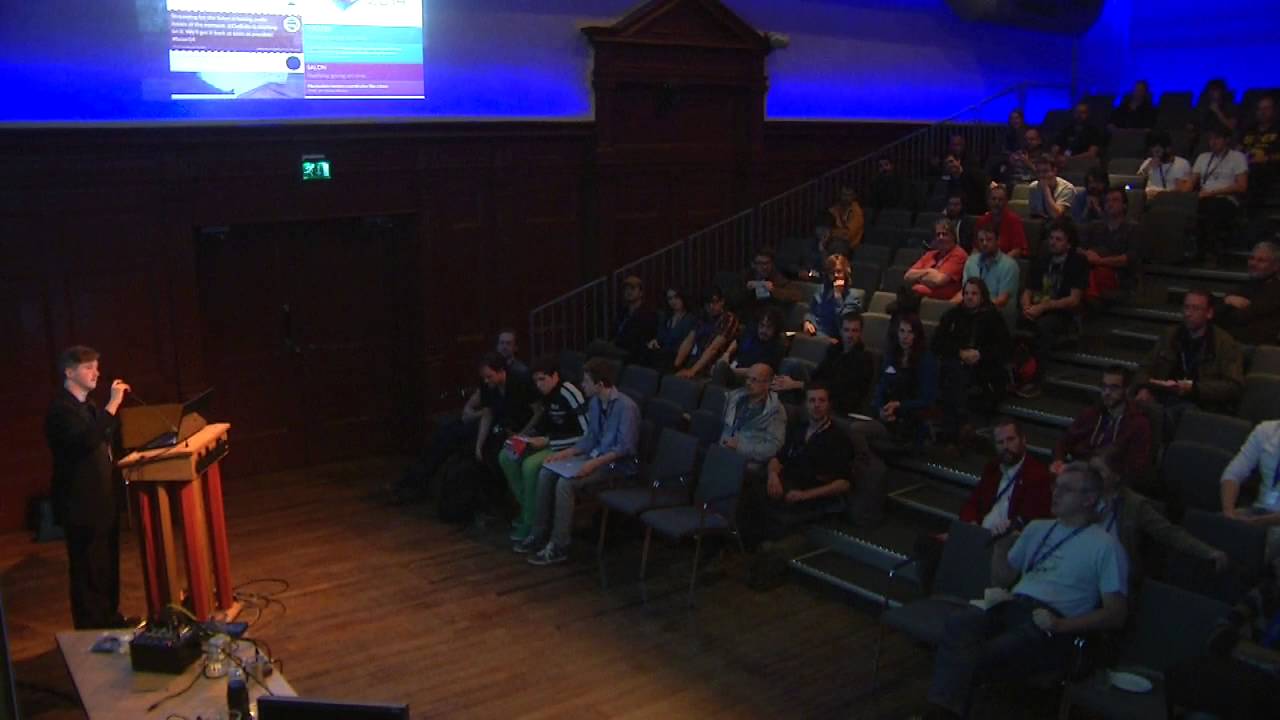I can only explain the how it happened. I don’t know the who or why.
2.8 project is refactoring everything.
Mantaflow was a project initiated years ago, with guy from blender diplom as its first supporter.
So, in december, Mantaflow appeared to be one of the most advanced project among all sort of changes promised by 2.8 series.
Despite known bugs, devs decided to merge it into master.
Most of people only tested mantaflow’s smoke after the merge.
Before the merge, EEVEE and Cycles were not handling it properly during first part of 2.8 development and people were only able to test its liquid simulation.
There was a request to implement replay cache system. That took away a part of developers time.
But Mantaflow is vast and anyways, there was not enough time, with a merge happening at one third of release cycle, to examine all cases.
As a result, there were bugs in 2.82. Several were solved in 2.82a.
I was surprised when mantaflow was merged. I was expecting other stuff like Volume Object type being done before Mantaflow merge.
Currently with 2.82a or 2.83, from what I experienced, if you set CFL number to 10, baking time of smoke should be less problematic.
About blobby look, old simulation had an FFT noise that is not available with Mantaflow.
So, that is more complicated to deal with mantaflow noise to produce fire.
You have to minimize upres noise strength and prefer to use a force field to make turbulence in simulation basis.
Noise has a Time value that is only satisfying if you animate it.
And contrary to old simulation, noise has a scale setting that can also be animated.
Among things that can make render looks different after mantaflow merge.
Management of steps of volume shader has been modified by Brecht.
To sum up, mantaflow is better if you want to make a liquid simulation.
It should not be different for most of smoke simulations.
It is more complicated or worst for some cases of smoke simulations.
But it is also possible to make things impossible with old simulation like liquid influencing smoke simulation.
Mantaflow is a system unifying liquids and smoke simulations. It would not have make sense to maintain 2 smoke simulations and handle bugreports for both.
There is no reason to despair. Situation will not last.
- Implementation of mantaflow is not finished or complete. Sebbas has plans to pursue it and improve it. And he will continue to fix bugs.
- Manftaflow UI will continue to evolve to be handled by modifier nodes. And we will soon be able to experience it with new particles nodes.
- In 2.83, Volume Object type will be available. You will be able to re-use your 2.79, 2.80, 2.81 simulations into future releases of Blender until mantaflow become rock solid.


